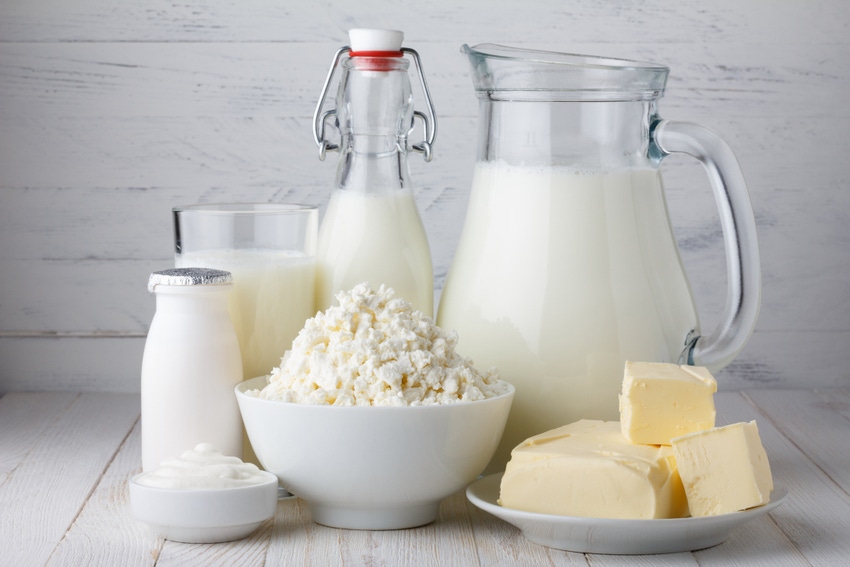Study lays foundation for use of biofilm-integrated nanofiber membranes as starter cultures in fermentation and biotechnology.
March 7, 2019

Bacterial biofilms are typically the target of heavy-duty cleaning regimens, but these films aren't always bad news, according to recent research by the American Chemical Society (ACS). In fact, growing them on thin sheets of nanofibers is a great way to produce a fermented milk product that can deliver hardy probiotics to the digestive tract, according to research just published in the ACS Journal of Agricultural & Food Chemistry.
Biofilms consist of bacterial cells that are tightly packed together in an extracellular matrix (ECM). Most prior biofilm research has focused on films formed by pathogenic bacteria and, in particular, on how to prevent their formation or how to detach or destroy the films, ACS said in an announcement.
Meng-Xin Hu and colleagues instead wanted to find the best growing conditions for Lactobacillus plantarum, the useful bacteria found in fermented food products such as yogurt. They were interested in ensuring that this organism could survive storage on the supermarket shelf as well as transit through the stomach, which remains a challenge for most probiotics.
The researchers grew the bacteria on cellulose acetate membranes that mimic the structure of natural ECM, according to ACS. The huge surface area of these nanofiber membranes provided a scaffold for the bacteria. The microbes successfully formed colonies and then biofilms, which were used to ferment milk on the membranes.
The bacteria in biofilms were more resistant to simulated digestion than free-floating L. plantarum, the researchers said. During fermentation, the biofilms continually released live bacterial cells into the milk. Once the fermented milk was stored, the released cells retained in the milk were much longer-lived than cells in fermented milk produced by free-floating L. plantarum.
The researchers said their findings lay the foundation for the use of biofilm-integrated nanofiber membranes as starter cultures in biotechnology and fermentation industries.
Source: American Chemical Society, which is solely responsible for the information provided and is wholly owned by the source. Informa Business Media and all its subsidiaries are not responsible for any of the content contained in this information asset.
You May Also Like

.png?width=300&auto=webp&quality=80&disable=upscale)

